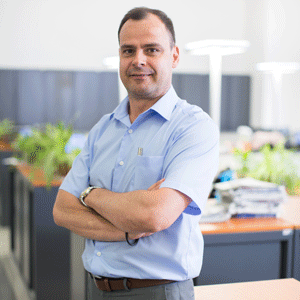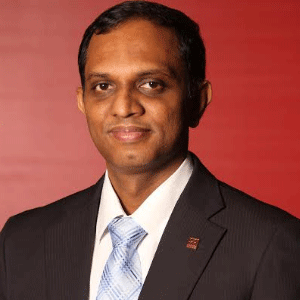THANK YOU FOR SUBSCRIBING

Disrupting IoT Consumer Centric Solutions
Juan Rico, Head of Business Development IoT, Teka Group


Juan Rico, Head of Business Development IoT, Teka Group
IoT concept is getting mature and consumers are welcoming IoT solutions due to the ways they simplify our daily duties. Additionally, there are a lot of emerging technologies (Artificial Intelligence, 5G, Blockchain, Crypto …) boosting IoT potential, but if they are not properly introduced can create acceptance barriers for consumers. In fact, IoT covers a wide variety of use cases and stakeholders and their adoption of innovation does not follow the same rules for industry applications than for household appliances. As Prof. Clay Christensen from Harvard Business School stated in “The Innovators’ Dilemma”, there is a gap between the performance consumers’ can utilize or absorb and the pace of technology evolves, this gap is known as the performance surplus. This factor is the highest risk IoT consumer centric solutions providers face in the launching of a new product and service.
IoT consumer centric applications are usually the combination of a physical product and a digital service linked to it. Therefore, to address the performance surplus there are three areas to create hooks and solid foundations for consumers’ to warmly embrace IoT innovative solutions.
● Product design – User Experience should not represent an extra barrier for consumers’ adoption.
● Technology – The highest differentiator factor can be at the same time an enemy and a threat creating adoption barriers. The biggest difference between industrial use IoT and consumer focus IoT solutions is how the actors embrace new technologies. For this reason, selecting the right standards and ecosystems becomes critical for maximizing product success and consumers’ willingness to adopt. Smart Home is a great example of how this standards vs ecosystems dichotomy works, a product can work using non-IP solutions like (Modbus, KNX …) well known and solid IoT solutions for Smart Home for automation cases, however when consumers interact selecting a common technology like WiFi or Bluetooth could be more than enough. Both options (IP and Non-IP) are valid, however, focusing on customers’ job to be done, the use of well-known technologies makes them feel comfortable and independent.
Focusing on Usability Instead of Technology and Creating Value with the Connectivity are Vital for Maximizing the Probability of a Good Market Adoption
● Processes – Not all IoT products for consumers are connected, and many people decline to do it after failing in the first try. This makes critical the process for the first connection, and the lack of standard procedures does not help either. However, there are a few de facto standards like Bluetooth pairing or the use of soft AP technologies that help. So rely on common processes, not demand too much information in the first shoot and support consumers through the connection and registration process are key to maximize adoption and use of consumer focused IoT.
As a summary, the creation of consumers’ focused IoT solutions requires to make users comfortable with the product rather than just adding the latest technologies. Focusing on usability instead of technology and creating value with the connectivity are vital for maximizing the probability of a good market adoption.












